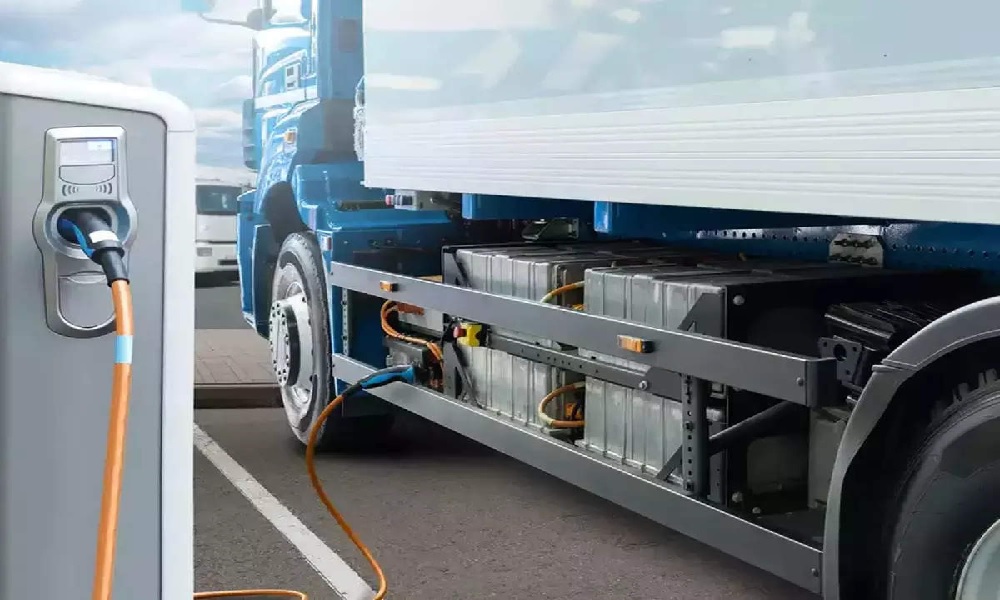Electric vehicles (EVs) are gaining popularity worldwide as they offer several environmental and economic benefits, and this trend is also influencing the taxi industry. Many taxi companies are beginning to introduce EVs into their fleets to cut emissions and reduce running costs. However, the widespread adoption of electric taxis still faces hurdles such as high vehicle costs, limited range, and a shortage of rapid charging points—challenges that are especially critical for taxis operating long hours. Government policies play a vital role in overcoming these barriers, offering incentives and grants that help taxi operators make the switch. By supporting infrastructure development and subsidising vehicle purchases, these policies are helping more taxis go electric. As demand for eco-friendly travel grows, expect to see more taxis powered by electricity on our roads.
1. Incentives for EVs
One of the most effective ways to promote EVs is by providing incentives to buyers. These incentives can be in the form of tax credits, rebates, or subsidies. Governments worldwide offer various incentives to promote EVs, such as:
- Income tax credits – In the US, buyers of EVs are eligible for a federal tax credit of up to $7,500.
- Vehicle registration fee exemptions – In several states, EVs are exempt from registration fees.
- Direct subsidies – In Norway, EV buyers receive a subsidy of up to $10,000, making EVs more affordable than conventional cars.
By providing incentives, governments can reduce the cost of EVs, making them more attractive to buyers. This can, in turn, increase demand and drive the development of more affordable EVs.
2. Investment in Charging Infrastructure
Another critical factor that affects the adoption of EVs is the availability of charging infrastructure. Governments can play a significant role in promoting the development of charging infrastructure by investing in it. Some of the ways in which governments can invest in charging infrastructure are:
- Public charging stations – Governments can install public charging stations in public places such as parking lots, malls, and airports.
- Private charging stations – Governments can provide incentives to businesses and homeowners to install charging stations on their premises.
- Fast-charging corridors – Governments can invest in fast-charging corridors along highways and major roads to enable long-distance travel for EVs.
By investing in charging infrastructure, governments can address the range anxiety issue that many potential EV buyers face. This, in turn, can increase the demand for EVs and accelerate their adoption.
3. Regulation of Emissions
Another way in which governments can promote EVs is by regulating emissions from conventional vehicles. Governments can set stringent emissions standards for conventional vehicles, which can incentivize automakers to develop more fuel-efficient and cleaner vehicles. This can, in turn, make EVs more attractive to buyers.
Moreover, governments can set emission standards for public transportation vehicles, such as buses and taxis, and encourage the adoption of EVs in these segments. This can create a significant demand for EVs and drive their development.
Conclusion
Electric vehicles have the potential to revolutionize the transportation sector and offer several environmental and economic benefits. However, their widespread adoption is hindered by several factors, such as high costs and limited range. Governments worldwide can play a crucial role in promoting the adoption of EVs by providing incentives, investing in charging infrastructure, and regulating emissions. By doing so, governments can accelerate the development of EVs and create a more sustainable transportation system for the future.











